Focusing on the Unfocused Photos

Brian Auer [CC by-nc-nd]
A sharp focus with crisp detail is generally one of the most sought after features in a photo. How many times have you thrown out a photo because your auto-focus was off a little? How many of us fret over shutter speeds, “sweet spots”, image stabilization, tripods and tripod heads, and image sharpening techniques in Photoshop?
I'm not arguing that sharp photos are are worth the extra effort — but I think unsharp photos are worth more effort than we typically give them. And by “unsharp photos” I don't mean those accidental blurry shots resulting from your AF picking up on the wrong subject. Intentionally unfocused photos can be quite amazing for certain scenes and subjects.
I spent a bit of time on my last photo shoot working on de-focused, mis-focused, and soft-focused imagery. One of my key learnings is that it's much harder to pull off than you would think. But before I get to the tips, here are some observations about the nature of these types of photos. I'm finding that they can usually be placed into one of the following categories.
DE-FOCUSED
De-focused photos are those that are so incredibly out of focus that it can be hard to tell what's in the photo. This method can add a very abstract and mysterious feel to a photo. Since there's nothing for your eyes to focus on, your attention goes to the soft shapes and tonal gradients found throughout the image.
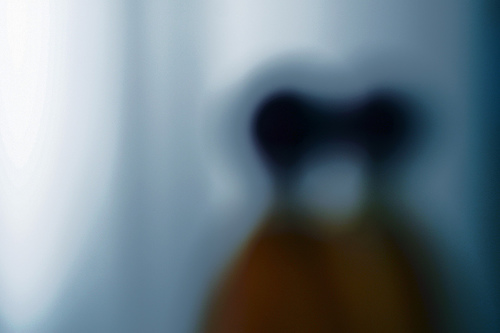
Photo by Pulpolux [CC by-nc]
MIS-FOCUSED
Mis-focused photos are out of focus for the main subject, but some other part of the image (either in the foreground or background) is tack sharp. This type of photo is a treat to contemplate because you're constantly torn between the out-of-focus main subject and the in-focus secondary subject. Our eyes love to explore the detail in the focused portion of the image, but our minds are drawn to the main subject.
SOFT-FOCUSED
I guess you could call this the “everything else” category, but this type of photo has a unique mood and feel too. The image is just enough out-of-focus to freak out your eyes, but just enough in-focus that your mind knows what the details should look like. The neat thing about soft-focused photos is that they clearly show the photographer's intent while allowing for ample interpretation by the viewer.
UNFOCUSED THOUGHTS
I still have a lot to learn about unfocused photography techniques and methods, but I've learned a few things through experimentation.
- Lens Choice
Your shorter focal lengths will be more difficult to defocus, especially if you want to anchor your shot with an in-focus element. Macro lenses, fast lenses, and telephoto lenses will give you the most flexibility and the widest range of unfocusability. - Manual Focus
Your camera won't know how much of a soft-focus you're going for, so your auto-focus is almost useless. AF can come in handy if you're using it to mis-focus on some other element in the frame, but otherwise manual focus is best. - F-Number Setting
Lower f-numbers will give you lots of anti-focus, higher f-numbers will give you less. If you're going for abstract, open it up. If you're going for soft, stop it down. - Your LCD is a Liar
Your images will look much sharper on that little LCD on the back of your camera. The ones you think were soft-focused will be completely de-focused and unrecognizable. And if you're shooting for a light soft-focus, it will almost look sharp on the LCD. - Focus Bracketing
If you're unsure about your de-focus abilities, just shoot a few at various amounts of clarity. You could even do this in rapid-fire mode if you're using the manual focus and if you're shooting at a fast enough shutter speed. - Shoot People
People make great subjects for out-of-focus photos. We know they're people, but we're quite curious about who they are and what they might look like. The human form is easy for us to recognize, so it adds context to the photo quite rapidly even though the image is blurry. - Focus, Focus, Focus
Focus on unfocusing. Try it out — just go out with your camera on manual focus and start shooting unfocused photos. You'll be surprised at how different the world can appear when you remove all the details.
Anybody else have anything to add to the list? And if you've taken any unfocused photos that you're particularly fond of, leave a link in the comments — I'd love to check them out.
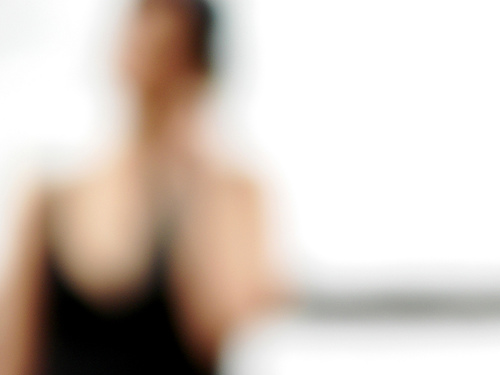
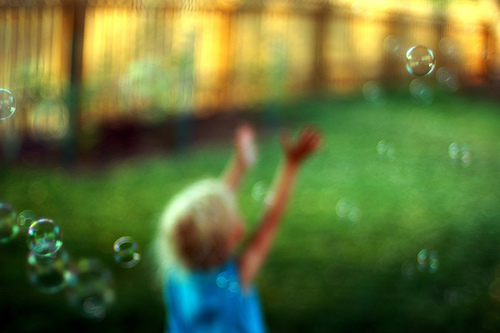
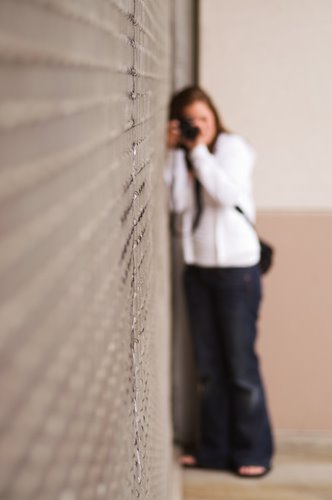
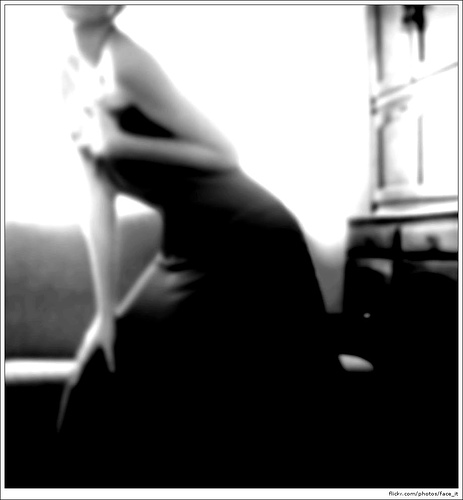

Antoine Khater
November 28, 2007A great one Brian I was thinking about this subject just a couple of days ago, I love to play with DOF in my pictures…
IMHO you just omitted one aspect, you know that one when you do a voluntary horizontal movement with your camera to get the abstract effect ?
something like https://www.catchingzlight.com/album_page.php?pic_id=2862 ok i know it is not the perfect example but just to show you the idea
Brian Auer
November 28, 2007Thanks Antoine! I see what you mean by the example — that’s a pretty cool effect too! I’m really fascinated by things like that, but they’re really hard to pull off well and make it look good.
Simonne
November 28, 2007Very beautiful photos. I never managed to take such photos on purpose. However, sometimes mistakes were for the better. And with the LCD screen, I also discovered it’s a liar: how many times I thought I had taken great photos, only to come home and download them in the computer to see that they were not focused 🙁
Brian Auer
November 28, 2007LOL, it’s true — the LCD lies both ways! It’s pretty much only good for checking histograms and basic composition… plus menu navigation for those of you without a plethora of knobs and buttons on the camera body.
libeco
November 28, 2007I’ve never thought about unfocused photos this way. I did saw some interesting bokeh pictures with the bokeh rounds as subject, which looked quite interesting, but this is a completely different story, maybe I’ll try it…
Trevor Carpenter
November 28, 2007Great post Brian. This is just the kind of article you should continue to write.
the_wolf_brigade
November 28, 2007As always, your timing is impeccable. I spent yesterday in Sydney trying exactly these techniques. While they were on film so I couldn’t check them on the LCD 😀 I think I got some good shots. I was particularly trying to emulate the technique as shown in the photo with the bubbles. As you say, this technique is more difficult that it would at first seem!
David Moisan
November 28, 2007I like this out-of-focus picture on Flickr: https://www.flickr.com/photos/davidmoisan/1465702382/in/photostream/
The autofocus set up on the fence and not the tracks but I kept the photo for its miniature, fantastic quality, like a model train set, or perhaps a train set under the Xmas tree with its cute lights.
Anthea
November 28, 2007What a great article – I spend all my time trying TO focus that I tend to set aside those photos that have turned out to be unfocused. I will cast a new eye across my photo archive to check if any match the above. And I will try to (intentionally) shoot some unfocused ones – although it sounds harder than simply taking a bad shot!
Thanks again.
kozzmen
November 29, 2007Another great article on this blog!
My choise goes to Mis-Focuesed, I like it a lot.
This one was my first attempt in this kind of photography, without even know that there is a term for this.
Sout park in smoke 🙂
Alpha
November 29, 2007This is a really great idea. Composition ‘rules’ in photography always seem to be talking about making sure your photo is in sharp focus, but these photos of yours have so much life in them being out of focus. I’m going to have a play with this technique this weekend – thanks!
pelayo
November 29, 2007Very interesting!!
Would you add the postproduction blur to the list ?
You can make any kind of “defocus” with photoshop… Its not purely the same but could make the job.
Brian Auer
November 29, 2007I suppose you could include post-processing methods as a way to achieve the effect… but that kind of takes the fun out of shooting blurry photos! I’ve also noticed that software can’t produce a lens blur the same way a lens would — it might come close, but there’s always something off about it. It probably has to do with the fact that a lens will produce different amounts of blur at different distances from the subjects and backgrounds. But hey, if you can make a good looking photo with software-created blur — I’m all for it!
Max
November 29, 2007It is a classic technique to photograph night lights out of focus. Depends on the quality of the aperture blades, the blur can be very beautiful.
https://flickr.com/photos/picmax/2075280914/
Max
gaston monescu
December 16, 2007great article, and- i agree.
ive got a whole slew of unfocused pictures a cant bear to delete.
sometimes i wonder about ones tendency to defocus ones eyes at times:
it often happens to me, and the state of mind that accompanies it sort
of echoes when i look at certain out-of-focus pictures.